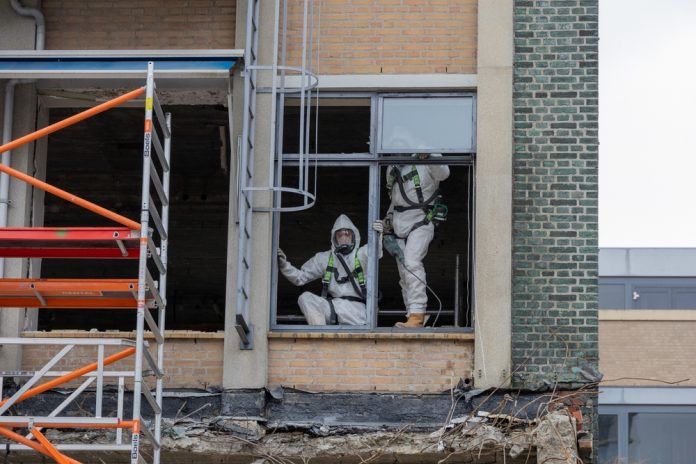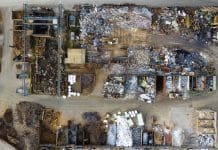Nathan Gray of Reconomy explores how the construction industry currently tackles hazardous waste and considers whether a circular approach is the solution for a sustainable future
The construction industry produces a substantial amount of waste every year. In fact, according to a study by the Department for Environment, Food & Rural Affairs in 2018, this amounted to 62% of all waste in the UK. And the Environmental Agency believes that the quantity of waste has increased in recent years due to the encouragement of brownfield remediation across the nation. So how do we tackle this?
In 2021, the Environmental Act introduced targets to improve waste reduction, including discouraging avoidable waste by 2050. To accomplish this, the shipment of hazardous waste will be regulated and a restriction will be placed on the export of these substances to countries that aren’t in the Organisation for Economic Cooperation & Development (OECD). This will encourage the UK to create innovative ways to dispose of hazardous waste correctly and sustainably.
What is hazardous waste?
Hazardous waste represents any unrecyclable materials produced on a construction site. These materials contain substances that can harm the local ecosystem, wildlife and human beings.
Asbestos are some of the most hazardous materials on construction sites
Asbestos, microscopic fibres which are often found in materials from homes built before 2000, are among some of the most hazardous materials found on construction sites. Professionals in the sustainable waste management industry are trained to perform asbestos removal services correctly.
It is imperative for professionals to dispose of asbestos correctly. Incineration, for example, is unsafe as the hazardous material contaminates the air and can cause harm to those who breathe in the fumes. Instead, these materials are sent to specialist landfills so they cannot contaminate the local ecosystem. This is problematic, however, due to the fact that asbestos cannot decompose naturally.
Polychlorinated biphenyls
Polychlorinated biphenyls (PCBs) are man-made toxic substances, varying from liquids to solids and black to yellow. Though they were previously used within electrical equipment, these hazardous materials are now banned within the UK. There are only a few exceptions to this, including research purposes and, until 2025, transformers that contain less than 0.005% of toxic fluids.
PCBs can cause cancer in animals and disrupt the food chain within the sea. Therefore, it is important for professionals to correctly dispose of this chemical, trusting certified EPA disposal facilities. The general public is also advised against using appliances (such as fluorescent lighting to televisions) that were made before the 1980s.
Solvents (VOCs)
Solvents, otherwise known as volatile organic compounds (VOCs), are often used in the construction industry to dissolve or dilute substances, such as paints or glues. If solvents contain dichloromethane (DCM), they can cause harm to humans, animals and wildlife.
Solvent paints, for example, are considered a hazardous substance. Therefore, in order to dispose of this waste, it is important for professionals to follow the Hazardous Waste Regulation (2005). This involves classifying and properly disposing of hazardous solvent waste at a specialised facility.
How does the construction industry recycle hazardous waste?
One of the most environmentally considerate ways of discarding hazardous waste is through recycling. This encourages companies to adopt a circular process to waste management, an approach that minimises unnecessary waste throughout the design, production, and disposal processes. A circular economy is also beneficial for businesses, from lowering costs for the purchase of new materials to a reduction in any carbon footprint associated with the corporation.
Solvent distillation
Solvents (VOCs) are commonly used substances. The construction industry can choose to recycle this type of hazardous waste through a process called solvent distillation. This filters hazardous solvents, distilling volatile vapours and preserving pure vapours. These can then be redistributed into the industry.
Water treatment
Liquid-based hazardous waste, from acids to oily water and latex paint, can also be recycled. Water treatment allows professionals to extract water from these substances. This water is then reused on industrial sites.
Sustainability remains at the forefront of public concerns and discussions. The construction industry continues to generate a huge amount of waste but adopting circular practices can help regenerate these materials. So, moving forward, the nation must continue to strive to attain reusability in construction materials beyond everyday solvents and polychlorinated biphenyls.
Nathan Gray
Head of sustainability
Tel: +44 (0)1952 292 000














